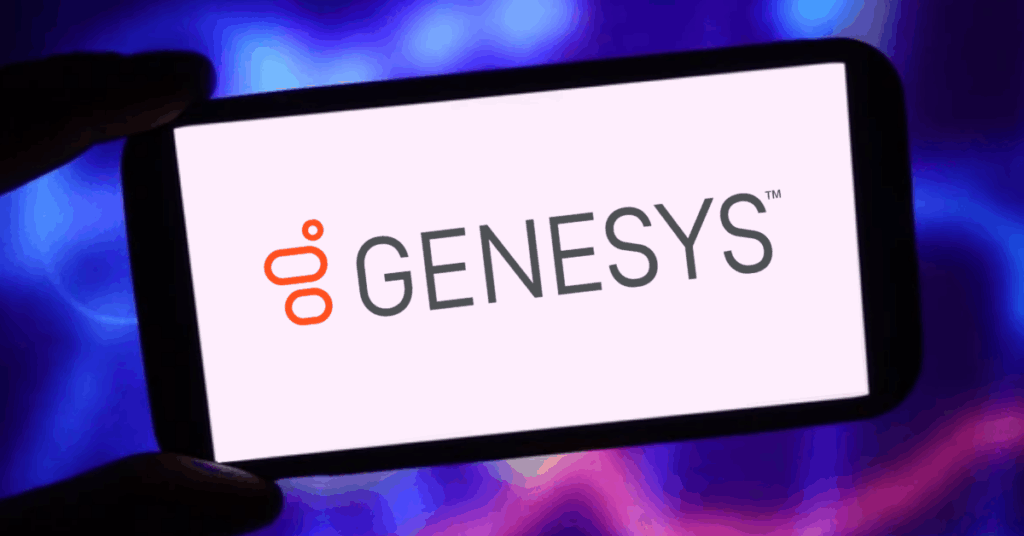
Ultima Markets App
Trade Anytime, Anywhere
Important Information
This website is managed by Ultima Markets’ international entities, and it’s important to emphasise that they are not subject to regulation by the FCA in the UK. Therefore, you must understand that you will not have the FCA’s protection when investing through this website – for example:
- You will not be guaranteed Negative Balance Protection
- You will not be protected by FCA’s leverage restrictions
- You will not have the right to settle disputes via the Financial Ombudsman Service (FOS)
- You will not be protected by Financial Services Compensation Scheme (FSCS)
- Any monies deposited will not be afforded the protection required under the FCA Client Assets Sourcebook. The level of protection for your funds will be determined by the regulations of the relevant local regulator.
Note: Ultima Markets is currently developing a dedicated website for UK clients and expects to onboard UK clients under FCA regulations in 2026.
If you would like to proceed and visit this website, you acknowledge and confirm the following:
- 1.The website is owned by Ultima Markets’ international entities and not by Ultima Markets UK Ltd, which is regulated by the FCA.
- 2.Ultima Markets Limited, or any of the Ultima Markets international entities, are neither based in the UK nor licensed by the FCA.
- 3.You are accessing the website at your own initiative and have not been solicited by Ultima Markets Limited in any way.
- 4.Investing through this website does not grant you the protections provided by the FCA.
- 5.Should you choose to invest through this website or with any of the international Ultima Markets entities, you will be subject to the rules and regulations of the relevant international regulatory authorities, not the FCA.
Ultima Markets wants to make it clear that we are duly licensed and authorised to offer the services and financial derivative products listed on our website. Individuals accessing this website and registering a trading account do so entirely of their own volition and without prior solicitation.
By confirming your decision to proceed with entering the website, you hereby affirm that this decision was solely initiated by you, and no solicitation has been made by any Ultima Markets entity.
I confirm my intention to proceed and enter this website Please direct me to the website operated by Ultima Markets , regulated by the FCA in the United KingdomGenesys IPO: When Will It Happen?
The Genesys IPO is one of the most watched listings in enterprise software, pairing a mature contact-centre platform with visible AI monetisation. After a confidential filing and a shift to a later 2025 window, the focus for investors is less on dates and more on the durability of growth. Genesys reports annual recurring revenue above $2 billion, net revenue retention above 120 percent, and an AI ARR line growing roughly twice as fast as the core.
This article helps investors understand the latest status, Genesys milestones so far, the factors that drive valuation, and what to watch next ahead of a public S-1.

Where The Genesys IPO Stands Now
Genesys has not yet published a public S-1, so audited financials and risk factors remain under wraps. Even so, official updates and trusted wire reports anchor the picture. Bloomberg reported in September 2024 that Goldman Sachs, Citigroup, and JPMorgan were lined up for a US offering that could raise up to $2 billion, and Genesys confirmed its confidential filing the following month. Bloomberg’s sources initially slated the Genesys IPO for April or May 2025, but by March 2025 The Information reported a shift to “later in 2025” amid market volatility, a timeline subsequently echoed by industry press.
Genesys Timeline For Investors
This chronology helps investors distinguish signal from noise.
- 6 Sep 2024 – Banking line-up and initial size talk surface.
- 21 Oct 2024 – Company announces a confidential S-1 submission to the SEC.
- 5–6 Mar 2025 – Coverage indicates the IPO will slip to later in 2025, citing market volatility and AI-related industry uncertainties such as “seat compression,” the role of virtual agents, and evolving pricing models.
- 11 Jun 2025 – Q1 FY2026 update: Genesys Cloud ARR nearly $2.1B, 35%+ growth, NRR above 120% across the last four quarters.
- 31 Jul 2025 – Salesforce and ServiceNow announce $1.5B in investment commitments; Permira and Hellman & Friedman remain majority owners.
- 9 Sep 2025 – Q2 FY2026 update: ARR nearly $2.2B with ~35% YoY growth; AI ARR above $250M, growing at nearly 2× the broader platform.
What Genesys Sells And Why It Matters
Genesys provides cloud contact-centre and customer-experience software under Genesys Cloud CX, covering omnichannel routing, workforce engagement, analytics, and increasingly agentic AI that assists agents, automates quality tasks, and orchestrates journeys. For investors, the unit-economics logic is straightforward: when AI features reduce handle time and administrative work while lifting CSAT, expansion and pricing power tend to follow, supporting strong net revenue retention.

The market backdrop is also evolving quickly. Gartner’s widely cited view is that agentic AI could resolve roughly 80% of common service issues by 2029, with material cost reduction, which is useful context for a multi-year adoption runway. At the same time, Gartner has warned about “agent-washing” and a high scrap rate for immature projects through 2027, underscoring why investors will look for measurable outcomes in Genesys’s disclosures rather than generic AI claims.
The Numbers Investors Will Underwrite
Three datapoints frame the potential investment case ahead of a listing:
- Scale: ~$2.2B Genesys Cloud ARR in Q2 FY2026.
- Growth: ~35% YoY at that scale across FY2026 year-to-date updates.
- Cohort Quality: NRR >120% over the last four quarters, indicating expansion from existing customers.
In addition, AI ARR >$250M and growing nearly twice as fast as the platform provides unusual clarity on AI monetisation for a pre-IPO software name. This mix can support premium multiples if attach rates remain durable into the prospectus.
Why The Genesys IPO Could Be Worth Trading
First, quality of revenue matters. Recurring revenue at multi-billion scale, paired with >120% NRR, often dampens post-IPO volatility once first-day dislocations settle.
Second, AI monetisation is visible: a disclosed AI ARR line growing faster than the core is a concrete proof point, not an aspiration.
Third, ecosystem leverage through Salesforce and ServiceNow may widen distribution and upsell surfaces (supervisor automation, copilots, journey analytics), supporting sales efficiency as the platform scales.
Together, these elements point to a compounding software profile rather than a one-cycle trade.
For comparison, public peers NICE and Five9, listed contact-centre software providers with similar enterprise focus, give live Rule of 40, margin, and growth benchmarks. A clear comp set helps the market triangulate valuation at pricing and improves post-listing communication.
What Could Change The Narrative for Genesys IPO
The window risk that pushed plans in March has not disappeared; a softer tech IPO tape or higher volatility into launch would influence size and pricing. Execution risk around AI is real: Gartner’s “agent-washing” warning implies the market will punish claims that fail to translate into defendable win rates or pricing power. Finally, as with many PE-backed listings, secondary supply and unlock schedules matter for trading; staging will be detailed in the eventual prospectus.

What To Watch Next
- Public S-1: Updated ARR, AI attach, gross margin, sales efficiency, and free-cash-flow conversion will let investors re-underwrite the story with audited numbers.
- Deal Mechanics: Final bank lineup and size. Earlier reporting pointed to Goldman Sachs, Citigroup, and JPMorgan and a potential raise up to $2B.
- Peer Tape: Trading in NICE and Five9 during the launch week often colours demand beyond company-specific factors.
Conclusion
If the public filing validates durable cohort expansion, rising AI attach, and improving cash conversion, the Genesys IPO screens as a large-cap, AI-levered customer-experience platform with credible operating leverage. With cooperative market conditions and clean execution, the float could offer event-driven opportunities around allocation, the first print, and the first earnings update as a public company.
Disclaimer: This content is provided for informational purposes only and does not constitute, and should not be construed as, financial, investment, or other professional advice. No statement or opinion contained here in should be considered a recommendation by Ultima Markets or the author regarding any specific investment product, strategy, or transaction. Readers are advised not to rely solely on this material when making investment decisions and should seek independent advice where appropriate.












